Stop Killing Your Flowers: The Real Secrets to Making a Bouquet Last
I still remember my first gig in the floral industry, tucked away in a humid back room that smelled perpetually of damp earth and fresh-cut greenery. My job was straightforward: unpack boxes of flowers and get them into buckets. I thought I was doing fine, just snipping away with regular scissors. But one of the veteran florists, a woman who could tell a flower’s life story just by looking at it, finally pulled me aside. She picked up a slightly sad-looking rose and said, “You’re not just putting them in water. You’re convincing them to live a little longer.”
In this article
Honestly, that one sentence changed everything for me. Cut flowers aren’t just pretty decorations; they’re living organisms under a ton of stress. The secret to keeping them looking gorgeous isn’t some old wives’ tale—it’s a simple process the pros call “conditioning.” And I’m going to walk you through it, so you can enjoy your bouquets for a week or more, not just a couple of fleeting days.
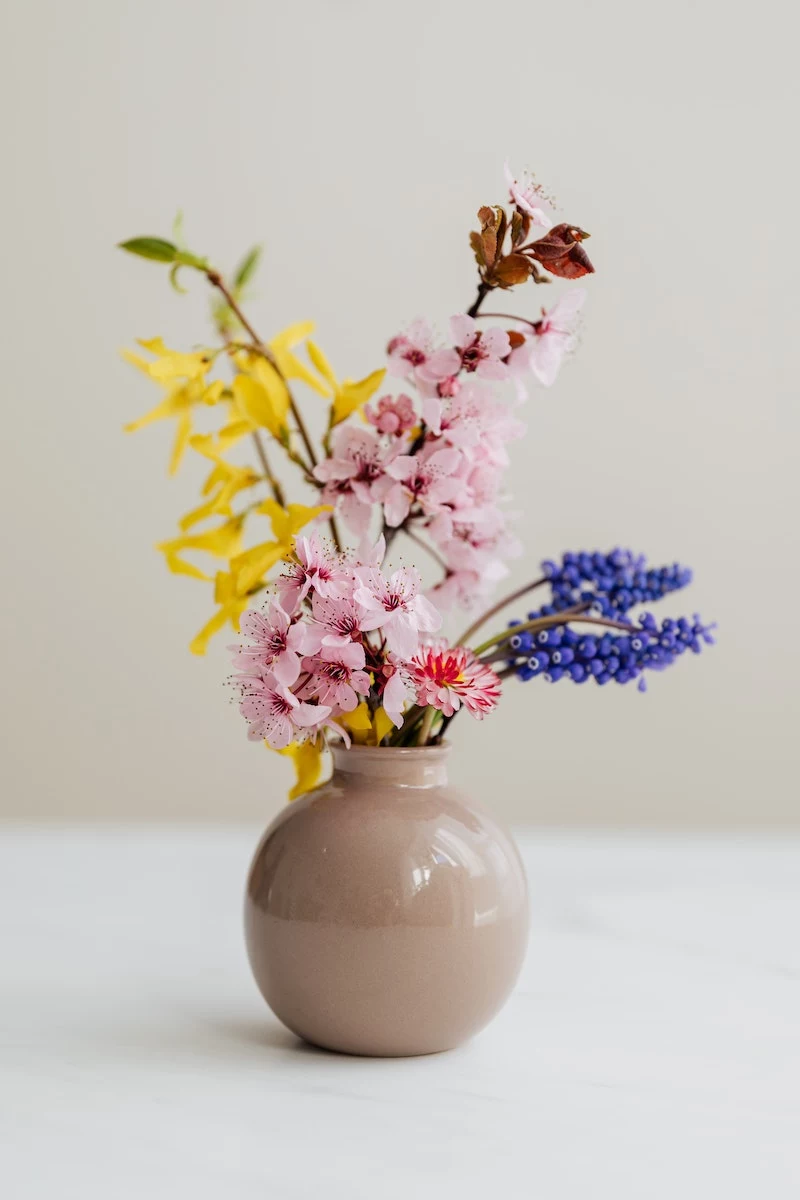
First, Why Do Cut Flowers Die So Fast?
To win the game, you have to know the rules. The moment a flower is cut from its parent plant, it’s officially in a state of emergency. It has lost its root system, which is its only source of water and food. From here on out, it’s a race against two main culprits: dehydration and infection.
Think of a flower stem as a bundle of tiny straws (these are called xylem). Their job is to suck water up to the petals. But when you cut the stem, an air bubble can get sucked into those straws, creating a blockage. It’s like a cork in a wine bottle. The flower can be sitting in a vase full of water and still wilt because it literally can’t drink.
At the same time, the water itself is a bit of a minefield. Even clean tap water has bacteria. The cut at the bottom of the stem is basically an open wound, and bacteria flock to it, feeding on the sugars that naturally leak out. They multiply and create a slimy goo that clogs the straws. Same result: the flower gets thirsty and droops.
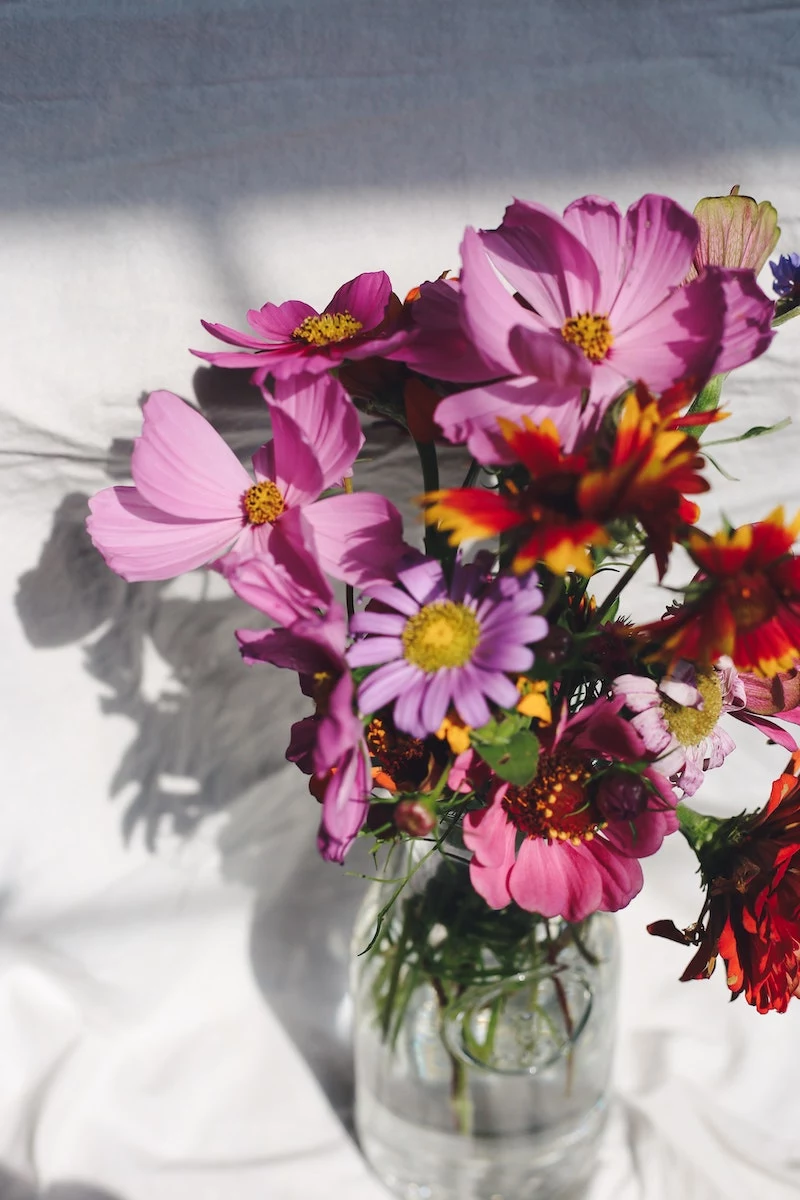
So, our mission is simple: we need to help the flowers drink as much water as possible, stop bacteria from growing, and reduce how much water they lose. Every single professional trick is designed to tackle one of these three things.
The First Hour: Your Most Important Steps
What you do right after you get flowers home is more critical than anything else. This is the conditioning process, and it’s non-negotiable in any professional flower shop. If you’re ever in a rush, just focus on these first two things. It’s 80% of the benefit for 10% of the effort.
1. Make the Right Cut
Please, step away from the kitchen scissors. They’re designed to crush, not slice. Crushing the stem squeezes those tiny water-sucking straws shut. You need a clean, sharp cut.
The best tool for the job is a floral knife, which gives a perfect slice. You can find one at a craft store or garden center for about $15-$25, and it’ll last forever. If you’re not ready for that, a very sharp pair of floral shears or even a clean, non-serrated paring knife from your kitchen will do the trick. Just make sure it’s sharp! And a quick tip: I always wipe my blade with a little rubbing alcohol between flower bunches to avoid spreading any gunk around.
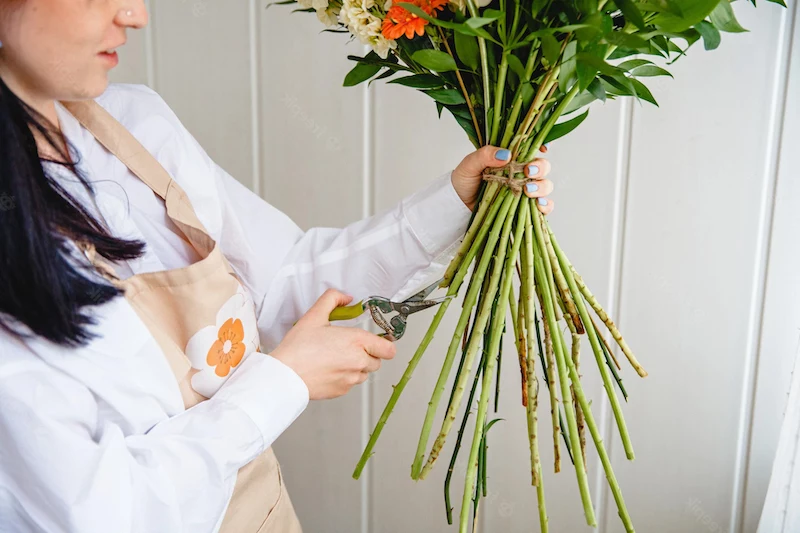
Here’s what to do:
- Cut at an angle. Snip at least one inch off the bottom of every stem at a 45-degree angle. This increases the surface area for water to get in and, just as importantly, prevents the stem from sitting flat on the bottom of the vase and blocking itself.
- Cut underwater (the pro move). For delicate or expensive flowers like roses and hydrangeas, this is a game-changer. Just fill your sink or a shallow bowl with cool water. Submerge the end of the stem and cut it while it’s underwater. This makes it physically impossible for an air bubble to get sucked in. It’s a tiny step that makes a huge difference.
2. Strip and Soak
Next, look at your stems and remove any leaves that will end up below the waterline in your vase. Be ruthless! Any leaf left in the water will start rotting within 24 hours, turning your vase into a cloudy, stinky bacteria soup that will kill your flowers fast. Just strip them off with your fingers.
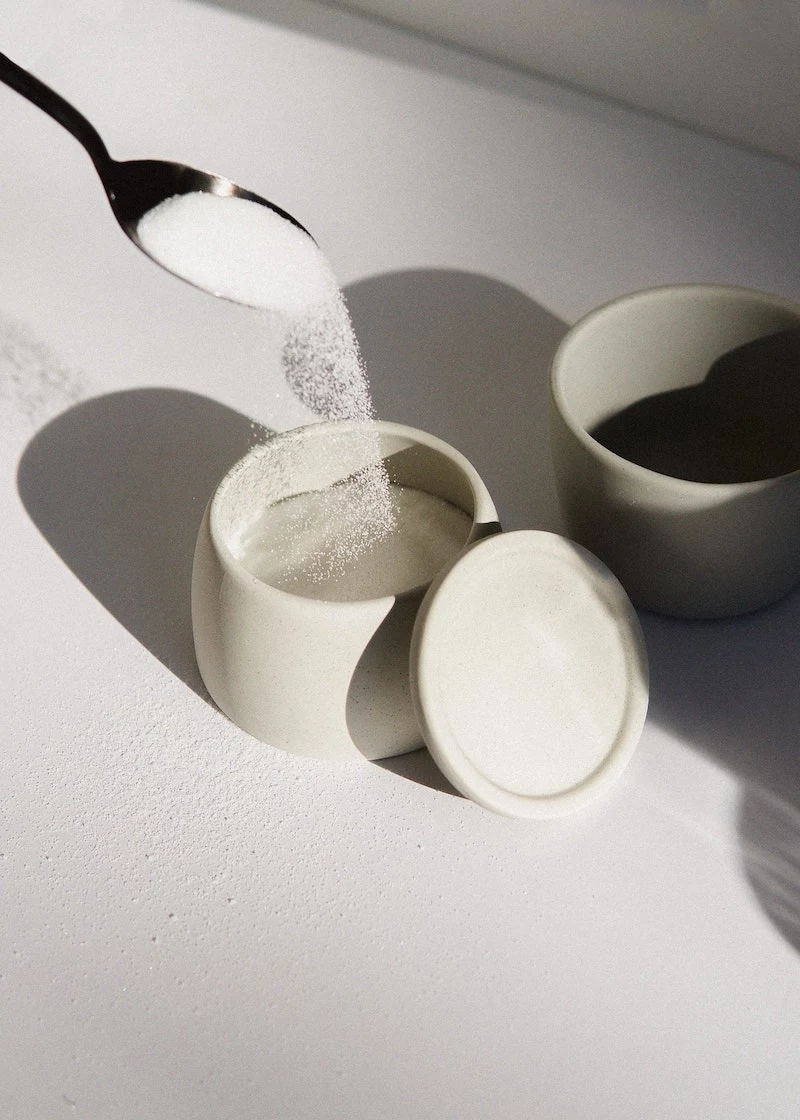
Once they’re cut and stripped, it’s time for a long, deep drink. Place the prepped flowers in a clean bucket or deep vase filled with cool water and flower food. Then, put the whole thing in a cool, dark place for at least four hours, but overnight is even better. A cool spot in the garage, a basement, or even a guest bathroom or closet works great. This lets them rehydrate fully without the stress of light and heat. You’ll know it worked because the petals will feel firmer and more robust. Before conditioning, a rose head might feel a bit soft; after, the base of the flower should feel firm and solid.
Setting Up for Success: Vases, Food, and Location
Okay, your flowers are prepped like a pro. Now let’s make sure their new home is just as good.
Vase Hygiene is a MUST
A dirty vase will ruin all your hard work. You have to start with a truly clean container. The best method is to wash it with hot, soapy water and then give it a quick swirl with a very weak bleach solution (about a teaspoon of bleach in a gallon of water). Let it sit for a minute, then rinse it thoroughly. Now you have a sterile environment ready for your bouquet.

The Real Deal on Flower Food (and DIY Myths)
That little packet that comes with your bouquet? It’s not a gimmick. It’s science. It contains three key ingredients:
- Sugar: This is the food. It provides energy to keep the flower vibrant.
- Biocide: This is the most important part. It kills bacteria and fungi in the water to keep the stems clear.
- Acidifier: This lowers the water’s pH, which helps the stems absorb water more efficiently.
This balanced formula is why it works so well. But what about all those home remedies you hear about? To be frank, most of them are incomplete solutions.
- Just Sugar? A spoonful of sugar seems logical, right? But without a biocide, you’re just throwing a party for bacteria. They will multiply like crazy and clog the stems faster than ever. The verdict: Don’t do it.
- A Penny in the Vase? This is a complete myth. The idea is that copper is a fungicide, but the amount that leaches from a single penny is so minuscule it has zero effect. The verdict: A fun story, but useless.
- Aspirin? The theory is that the acid in aspirin helps water uptake. It’s not very effective and provides no food or antibacterial properties. The verdict: Skip it.
- Lemon-Lime Soda? Okay, this is the closest you’ll get to a real solution. It has sugar (the food) and citric acid (the acidifier). But it’s missing the crucial biocide. You could try a mix of one part soda to three parts water, plus a few drops of bleach. But honestly, the ratios are a guess.
The bottom line: Commercial flower food is best. You can buy it in tubs online or at craft stores for around $10-$15, and it will last you for ages. If you’re in a pinch, the soda-and-bleach mix is better than nothing, but it’s not the real deal.

How to Keep Them Beautiful All Week
Your flowers are prepped and arranged. Now for the easy part: a little maintenance every other day.
Every two days, pull the flowers out, dump the old water, and quickly clean the vase. Refill it with fresh, cool water and another dose of flower food. Before you put the flowers back, give each stem another quick half-inch snip at an angle. This removes any new clogs that have started to form.
And think about location! Keep your arrangement out of direct sunlight and away from heat sources like vents or the top of your TV. Also, keep it far away from your fruit bowl. Ripening fruit, especially bananas and apples, releases ethylene gas, a hormone that tells flowers to age and die faster. It’s a silent killer for bouquets.
Dealing with Difficult Flowers
Not all stems are created equal. Here are a few common tricky ones you’ll find at the grocery store:
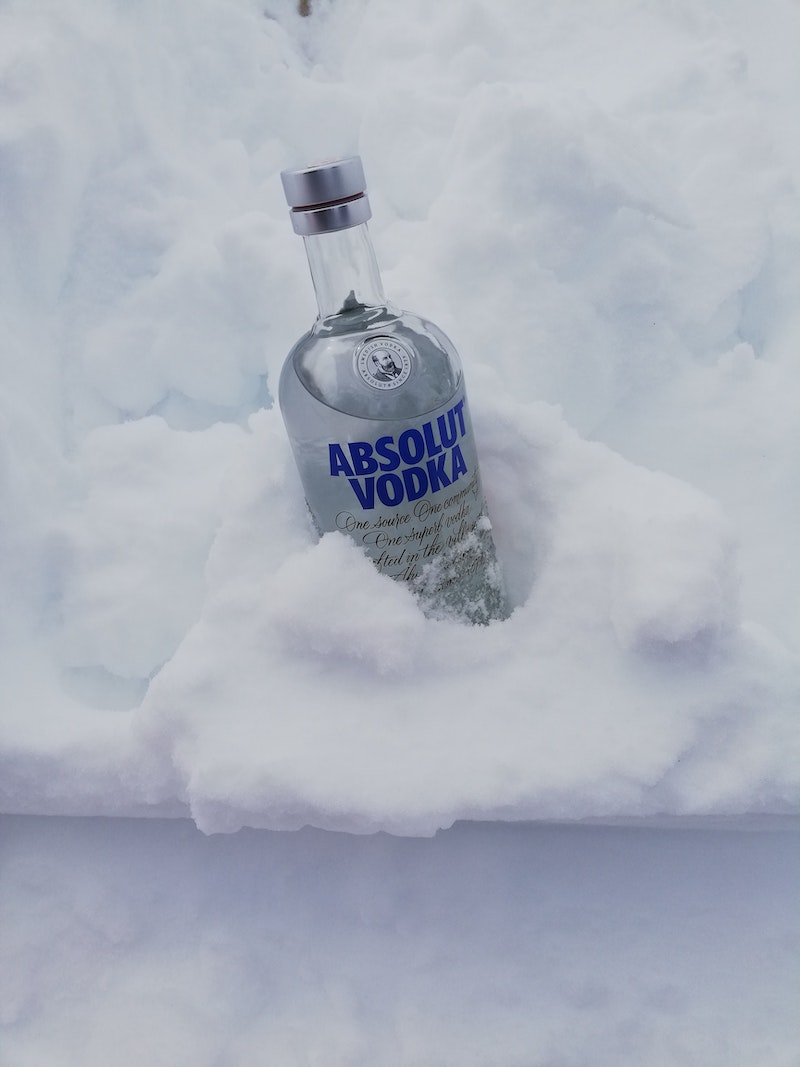
- Woody Stems (like Hydrangeas and Lilacs): These tough stems struggle to drink. After you make your angled cut, take your knife and carefully split the stem vertically, about an inch up from the bottom. This opens up more channels for water.
- Milky Sap Stems (like Daffodils and Poppies): When cut, these ooze a sap that seals the stem and can poison other flowers in the vase. Heads up! This is why you should always condition daffodils separately. To stop the sap, dip the bottom inch of the stem in boiling water for 20 seconds or quickly pass it through a candle flame. Then pop it into cool water.
- Hollow Stems (like Delphiniums and Dahlias): These can trap air. A neat trick is to turn the flower upside down, fill the hollow stem with water, and plug the end with a tiny piece of cotton ball before placing it in the vase.
- Gerbera Daisies: These are notorious for their heads drooping on weak stems. Sometimes, their stems can’t support the weight of the flower head as it hydrates. Some pros use a fine, flexible wire (you can find it at a craft store) and gently wrap it around the stem for extra support.
- Tulips: These guys keep growing in the vase and often bend towards the light. A classic trick to keep them straighter is to prick a tiny hole with a pin all the way through the stem, just below the flower head. This is thought to release trapped air and slow down the elongation.
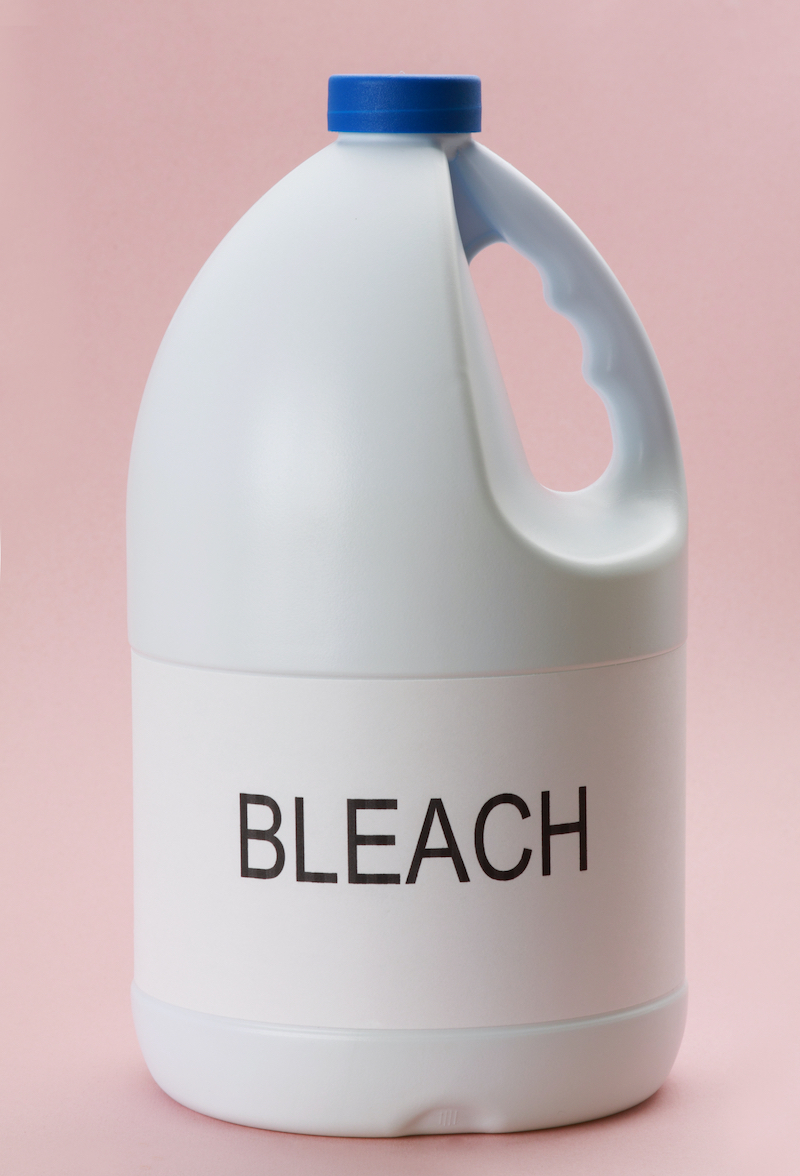
Help! My Flowers Are Dying Anyway!
Sometimes, even with the best care, you run into trouble. Here are a few quick fixes.
- “My rose head is drooping!” If you have a single rose that has wilted prematurely, it’s likely an air bubble. Recut the stem underwater, then submerge the entire flower—head and all—in a basin of cool water for about 30-60 minutes. This can often revive it completely.
- “The water got cloudy in just one day!” This means you have a major bacteria bloom. You probably have some leaves rotting below the waterline. Take everything out, re-wash the vase with soap, and give every single stem a fresh cut and a good rinse before putting it all back together with fresh water and food.
And there you have it. It might seem like a lot at first, but once you get the hang of it, this whole process takes just a few minutes. Your reward will be a beautiful bouquet that truly lasts, bringing a little bit of nature’s best into your home for as long as possible.
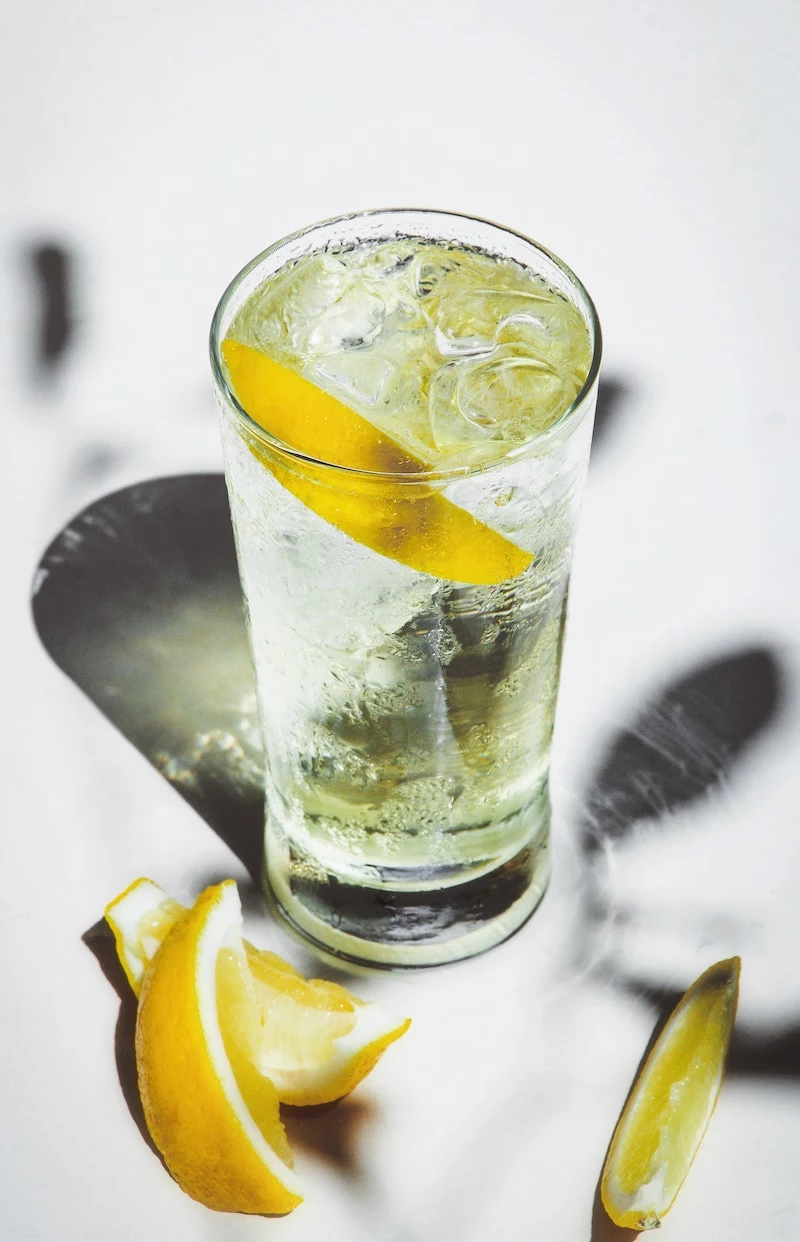
Inspirational Gallery
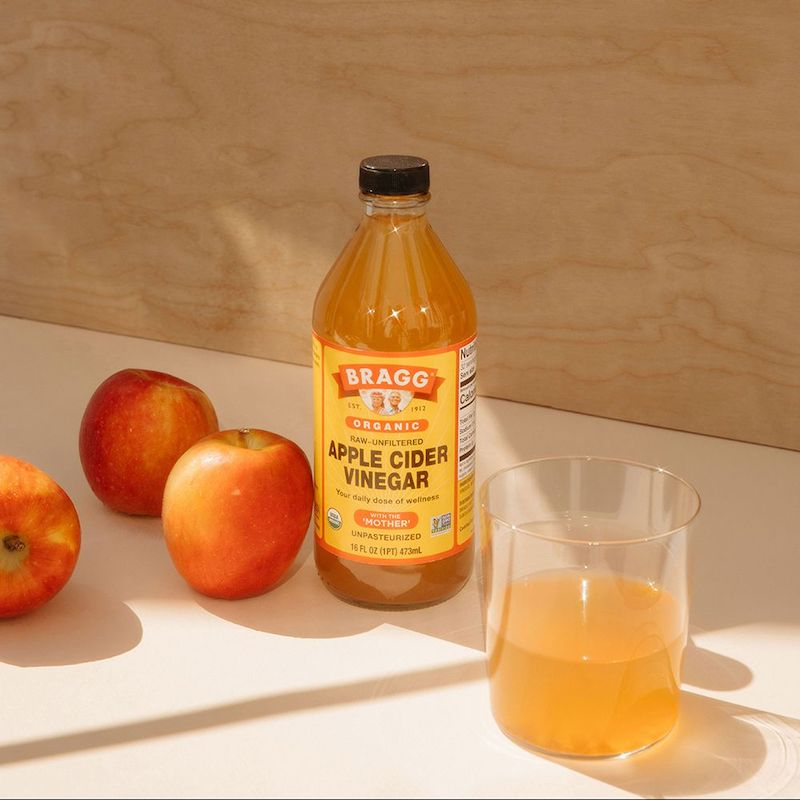
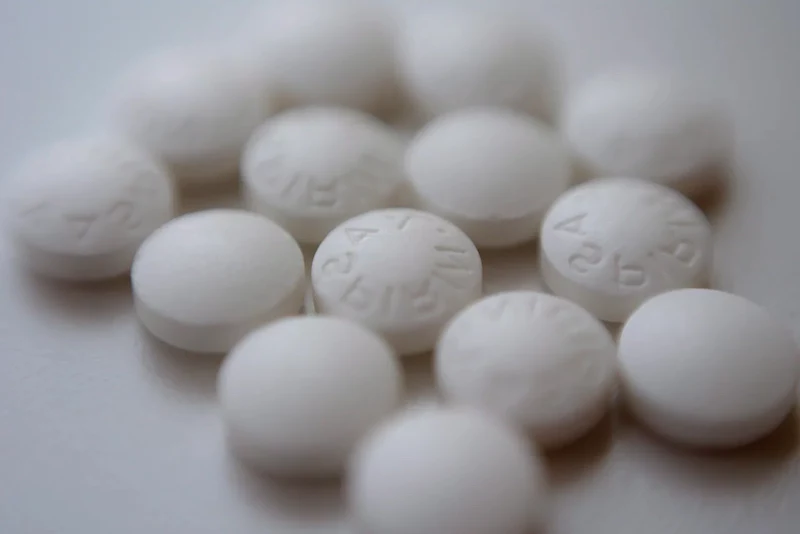
So, what about home remedies like aspirin, a penny, or a splash of soda in the water?
While they’re popular bits of folklore, they’re incomplete solutions. Aspirin might slightly acidify the water, and soda provides some sugar, but they lack the crucial antibacterial component. This is where professional flower food shines. A single sachet from a brand like Chrysal or Floralife contains a perfectly balanced mix: sugar for energy, an acidifier to help the stems drink, and a biocide to keep bacteria from turning the water into a slimy mess. It’s the all-in-one treatment your bouquet is truly craving.
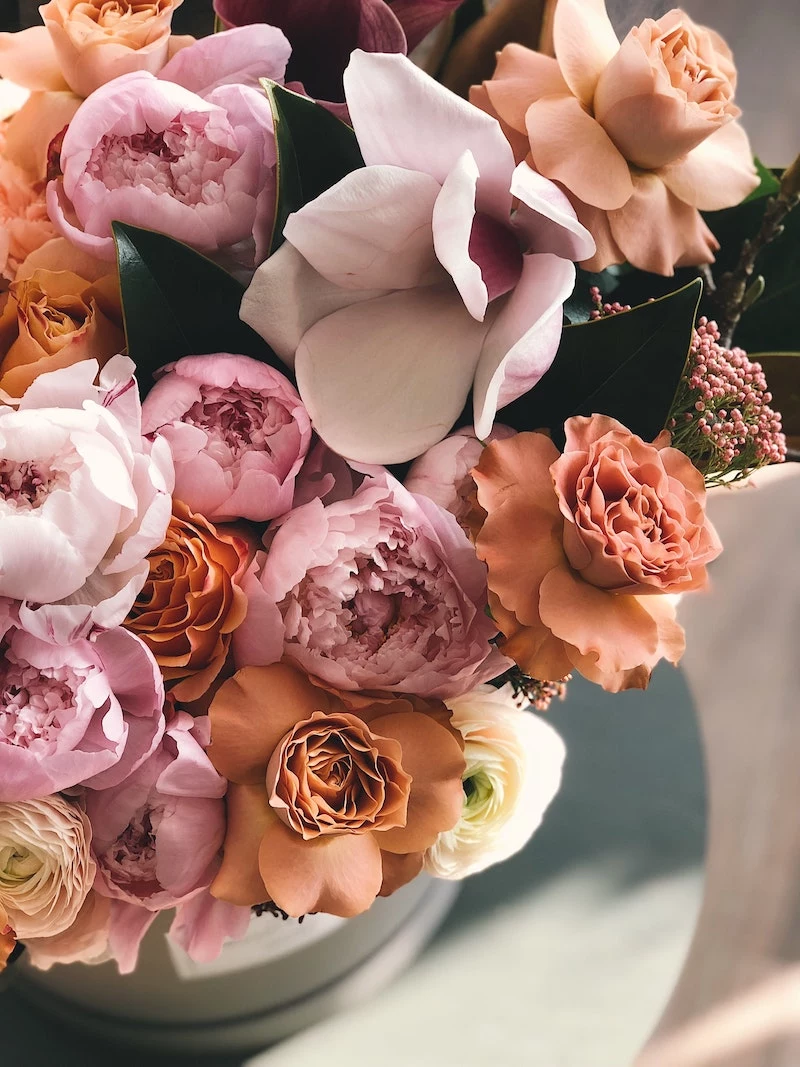
The moment you bring flowers inside, they start losing water through their petals and leaves—a process called transpiration.
To slow this down, location is key. Keep your bouquet away from direct sunlight, heating vents, and ripening fruit. That bowl of bananas on your counter releases ethylene gas, a natural plant hormone that tells flowers to mature and die faster. A cool spot out of direct drafts is always the best choice.
Household Scissors: They feel like the obvious choice, but their crushing action pinches the flower’s delicate water-absorbing tissues (xylem), effectively strangling the stem.
Floral Shears or a Sharp Knife: The professional’s choice for a reason. A clean, angled slice from a tool like Fiskars bypass shears or a florist’s knife leaves the xylem wide open, maximizing the surface area for hydration.
The difference can mean days of extra life for your blooms.










